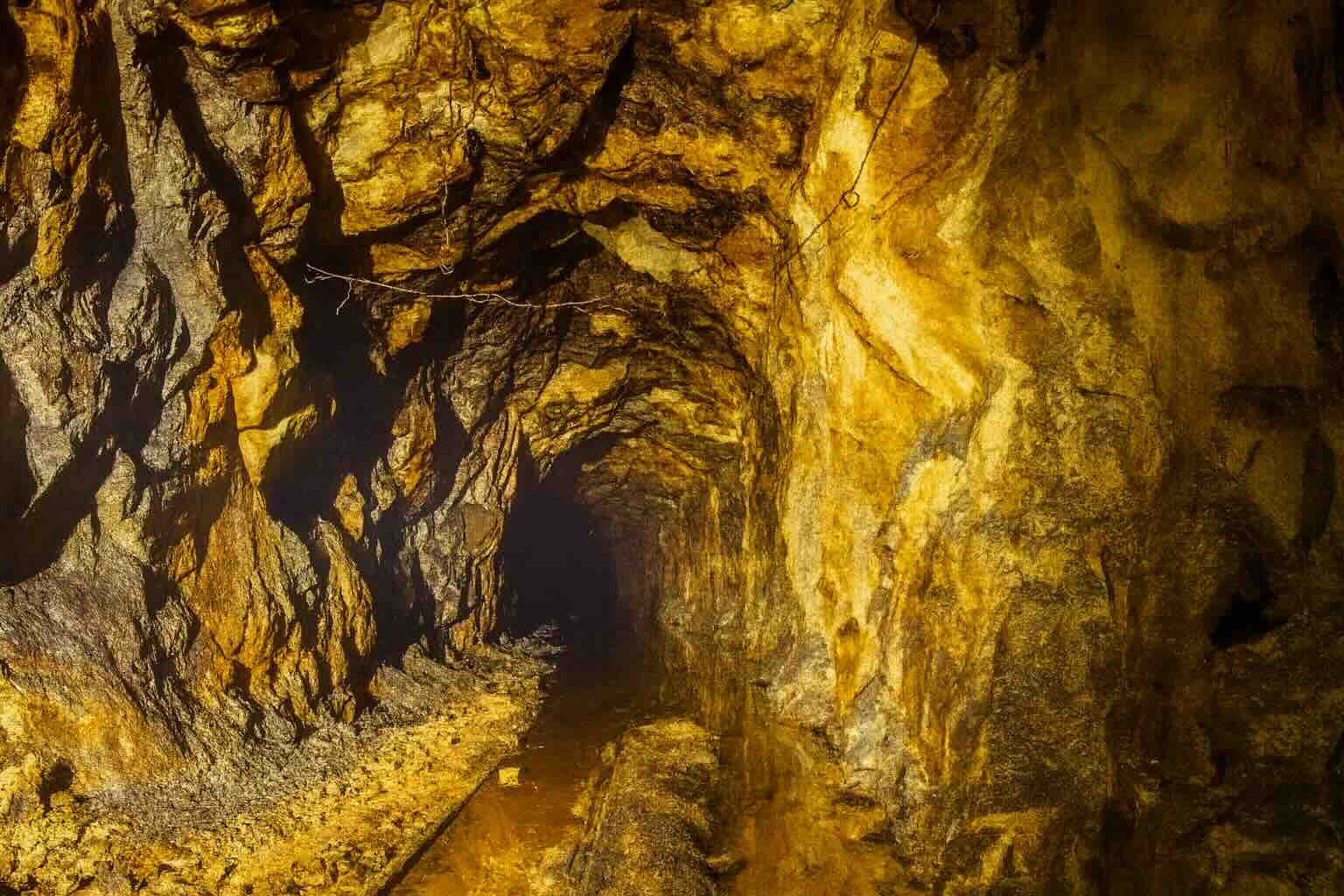China has announced a remarkable find beneath Hunan’s Wangu gold field — a potential deposit exceeding 1,000 metric tons of gold, with about 300 tons already confirmed closer to the surface. If proven, the total value could approach 600 billion yuan.
Such figures are impressive, but they remain estimates. As drilling and analysis continue, these numbers may shift, offering a clearer picture of what lies underground.
What the Numbers Really Mean
Early studies reveal more than 40 gold-bearing veins reaching depths of about 2,000 meters, with projections extending to 3,000 meters. This marks the initial stage of exploration — when a promising find begins to take scientific shape.
In mining terms, ore grade (grams of gold per ton of rock) determines whether a deposit is worth mining. Higher grades mean more gold per ton and less waste. The research comes from the Geological Bureau of Hunan Province and the Hunan Provincial Institute of Geology.
For comparison, South Africa’s South Deep mine — one of the largest in the world — holds about 870 tons of proven reserves, showing the potential scale of Wangu’s deposit.
How Geologists Pinpointed the Deposit
Experts drilled thousands of meters of rock core, mapped fault lines, and built 3D geological models to trace the gold veins underground. “Many drilled rock cores showed visible gold,” said Chen Rulin, an ore-prospecting expert with the Hunan Geological Bureau.
Some samples reached 138 g/t, an exceptionally high grade for gold ore. Still, one strong sample does not define the overall average — consistency and thickness matter most in turning an exploration site into a mine.
Grade, Depth, and What Miners Watch
Depth adds complexity. The deeper the ore, the higher the costs for ventilation, water control, and hauling rock to the surface. In orogenic gold systems like Wangu’s, grades can vary dramatically from one section to another.
To stay profitable, engineers balance grade and continuity. High-grade but scattered veins may be left aside, while thicker, more uniform zones become the backbone of a mine plan. The key metric — the cutoff grade — adjusts with rising energy, labor, and equipment costs.
Why This Belt Makes Sense
The Wangu gold field lies within the Jiangnan orogen, an ancient geological belt where the Earth’s crust once collided and fractured. Those faults created pathways for hot, gold-rich fluids to circulate and solidify deep underground.
Studies identify northeastern Hunan as one of the richest gold-bearing regions in this belt, with resources exceeding 315 tons even before the latest discovery. The area’s geology — quartz veins, altered slates, and breccias — fits the classic pattern of hydrothermal gold systems.
Geologists also note that deposits like Wangu and Huangjindong align along northeast-trending faults near Mesozoic granite intrusions — structural zones where gold often accumulates. These patterns guide 3D models that help predict where the next ore shoots may continue.
Next Steps for the Hunan Gold Discovery
Exploration at Wangu is far from over. As drilling continues and new data comes in, resource estimates will evolve. Grades could rise or fall as more samples reveal the true average content of gold-bearing rock.
The next milestone will be reserve confirmation — proving that the richest zones are thick, continuous, and accessible. If the data supports it, the project will move toward mine design, environmental permitting, and financing.
For now, Wangu sits in the right geological neighborhood, and the science behind it follows a proven model. The coming months will reveal whether this underground giant can become one of China’s most significant gold mines in decades.
